Red light therapy fades dark spots by stimulating skin repair and helping disperse melanin clusters. Red light at 660nm penetrates deep enough to activate collagen production. The right device and consistent use offer a non-invasive way to restore a more even skin tone.
Devices like the Illuminate Red Panel and VISO LED Mask are built to deliver therapeutic energy with uniform coverage, helping you target pigmentation without wasting time on low-spec tools.
If you’d like a deeper breakdown of what causes dark spots, which light therapies work best, and how to avoid common mistakes, the full guide below walks through everything step by step.
What Causes Dark Spots in the First Place?
Dark spots appear when the skin produces excess melanin in response to triggers like sun exposure, hormonal shifts, or inflammation.
This buildup creates uneven patches of pigment that vary in size, depth, and tone.
UV Exposure and Cellular Damage
Ultraviolet rays stimulate pigment production deep within the skin.
Over time, repeated exposure leads to clusters of melanin forming visibly darker areas, commonly on the face, hands, and shoulders.
Hormonal Shifts and Melasma
Hormonal changes, especially during pregnancy or from birth control, can lead to melasma.
This condition typically forms symmetrical patches across the cheeks, forehead, or upper lip and responds differently to treatments than sun-induced spots.
Post-Acne Marks and Inflammation
When the skin heals from inflammation, it may leave behind lingering pigment. These marks tend to darken further when exposed to sunlight, especially without sun protection.
Red Light vs. IPL: Which Works Best?
Not all light wavelengths perform the same. While they all fall within the visible spectrum, their depth of penetration and biological effects vary.
The Science Behind Red (660nm)
Red light, particularly at 660nm, reaches the deeper layers of the dermis. It supports cellular energy (ATP) production, which helps the skin break down melanin clusters and rebuild a smoother, more even surface.
IPL vs. Red Light Panels
Intense Pulsed Light (IPL) uses broad-spectrum bursts to heat pigment, breaking it down at the skin’s surface.
While effective for certain sunspots, it often requires professional application. Devices like the VISO Mask provide a non-invasive, home-based alternative that supports deeper healing without thermal trauma.
How Red Light Therapy Targets Dark Spots
Red light therapy supports skin renewal by stimulating mitochondrial function and promoting healthy cell turnover.
This process helps break down concentrated melanin and encourages brighter, more uniform skin over time.
The Role of Wavelength and Irradiance
Red light at 660nm reaches the dermal layer where it boosts ATP production. This energy fuels the processes that repair sun damage and reduce uneven pigmentation.
For visible outcomes, look for devices delivering at least 5 J/cm² of energy, anything less may delay results.
Why Consistency Matters
Spot reduction requires ongoing stimulation, not one-time exposure. Regular use, around four times per week, helps the skin stay in a healing cycle.
Even the best device underperforms when used irregularly or without supporting skincare.
How Devices Deliver Clinical Doses
The Illuminate Red Panel uses dense 6mm LED spacing to eliminate dark patches without leaving untreated zones.
It delivers 5 J/cm² in just 5 minutes, helping you stay consistent with a short, effective session time.
Mistakes That Sabotage Results
Many people give up on light therapy before it has a chance to work. Often, the issue lies in how the therapy is being used, not the light itself.
Using Low-Powered Devices
Devices without published specs often fail to provide therapeutic energy. If the irradiance isn’t listed, or the panel feels weak, it likely won’t stimulate change beneath the surface.
Always check the dosage in Joules/cm².
Poor Coverage = “Leopard Spots”
Patchy results happen when LEDs are spaced too far apart, leaving some areas underexposed. This creates an uneven pattern on the face.
The VISO Mask was designed to solve this, with close-set LEDs that ensure full facial coverage.
Skipping SPF After Treatment
Red light may repair damage, but UV exposure immediately afterward can undo the progress.
Apply broad-spectrum sunscreen daily, even on cloudy days, to protect your gains and prevent new spots.
Combining Red Light with Other Therapies
Red light therapy works well on its own but may deliver enhanced results when combined carefully with complementary treatments.
Knowing which combinations support skin clarity can accelerate your progress.
Safe Pairings with Serums
Vitamin C and niacinamide work well with red light therapy. Apply them after each session to support antioxidant delivery and tone improvement.
Using these actives before exposure may limit light absorption or cause irritation.
What to Expect Week by Week
Every skin cycle is different, but a typical progression includes subtle improvements followed by more visible tone changes by week four.
The First 2 Weeks
Slight brightening may occur, especially if you’re combining red light with hydration and daily SPF.
Skin can look fresher due to improved circulation and reduced inflammation.
By Week 4
Hyperpigmented spots begin to fade, and overall texture may feel smoother.
Red light stimulates collagen, which supports skin renewal and clarity across the treatment zone.
Maintenance Phase
After 6–8 weeks, continue using your device 2–3 times per week. The VISO Mask offers a convenient solution for easy, consistent treatment at home.
Where Science Meets Precision
Consistency and precision matter when targeting pigmentation. Red light therapy can support skin brightening and fade dark spots, but only when the treatment is powerful, targeted, and repeated.
Track your progress weekly:
-
Use consistent lighting for photos
-
Log changes in tone, texture, and clarity
-
Give it time, noticeable improvement often begins after 4–6 weeks of regular use
Still seeing no change? Don’t blame the light; check the device. Many tools lack the output, wavelength, or coverage needed for results.
Here’s what works:
-
Illuminate Red Panel: Full-body clinical power with uniform 6mm LED spacing, no cold spots
-
Lumara Pad: Flexible, high-output coverage for arms, legs, back, or torso
-
VISO Mask: Designed for facial pigmentation, deep, even exposure across cheeks, chin, and forehead
If your device isn’t hitting the right specs, your skin won’t either. Use light that’s built to work.
Glowing Skin Starts Here
Fading dark spots isn’t about quick fixes or flashy promises. It’s about choosing a method that works at the cellular level, one that’s backed by science and proven through consistent use.
Red light therapy, especially at 660nm, activates your skin’s natural healing systems, and when you use the right tools, the results speak for themselves.
At Lumara, we engineer precision.
If you're ready to stop guessing and start fading, here’s where to begin:
-
VISO Mask: Full-face coverage for melasma, sun damage, and post-acne marks
-
Illuminate Red Panel: Clinical power for fast, large-area treatment
-
Lumara Pad: Wraparound flexibility for body pigmentation and stubborn spots
You’ve seen what works. Now it’s time to see what changes.
Choose Lumara. Let your skin do the rest.
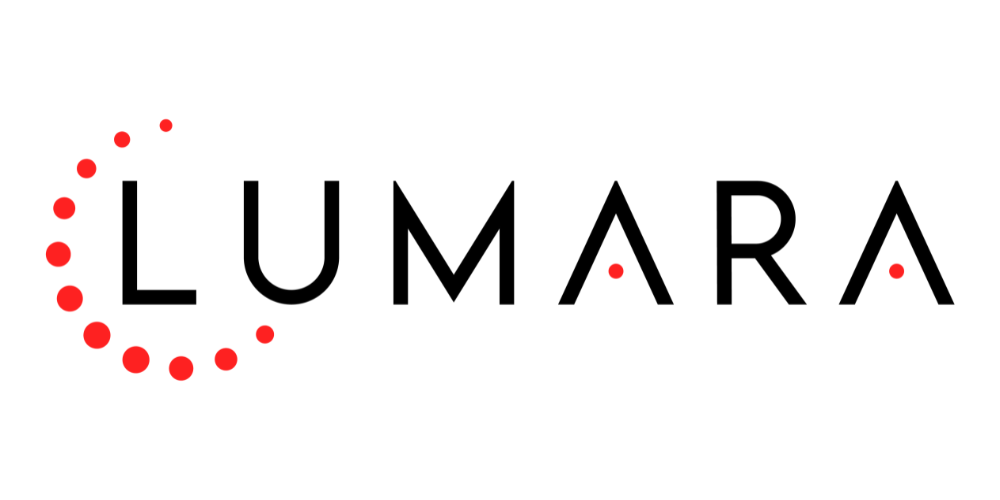
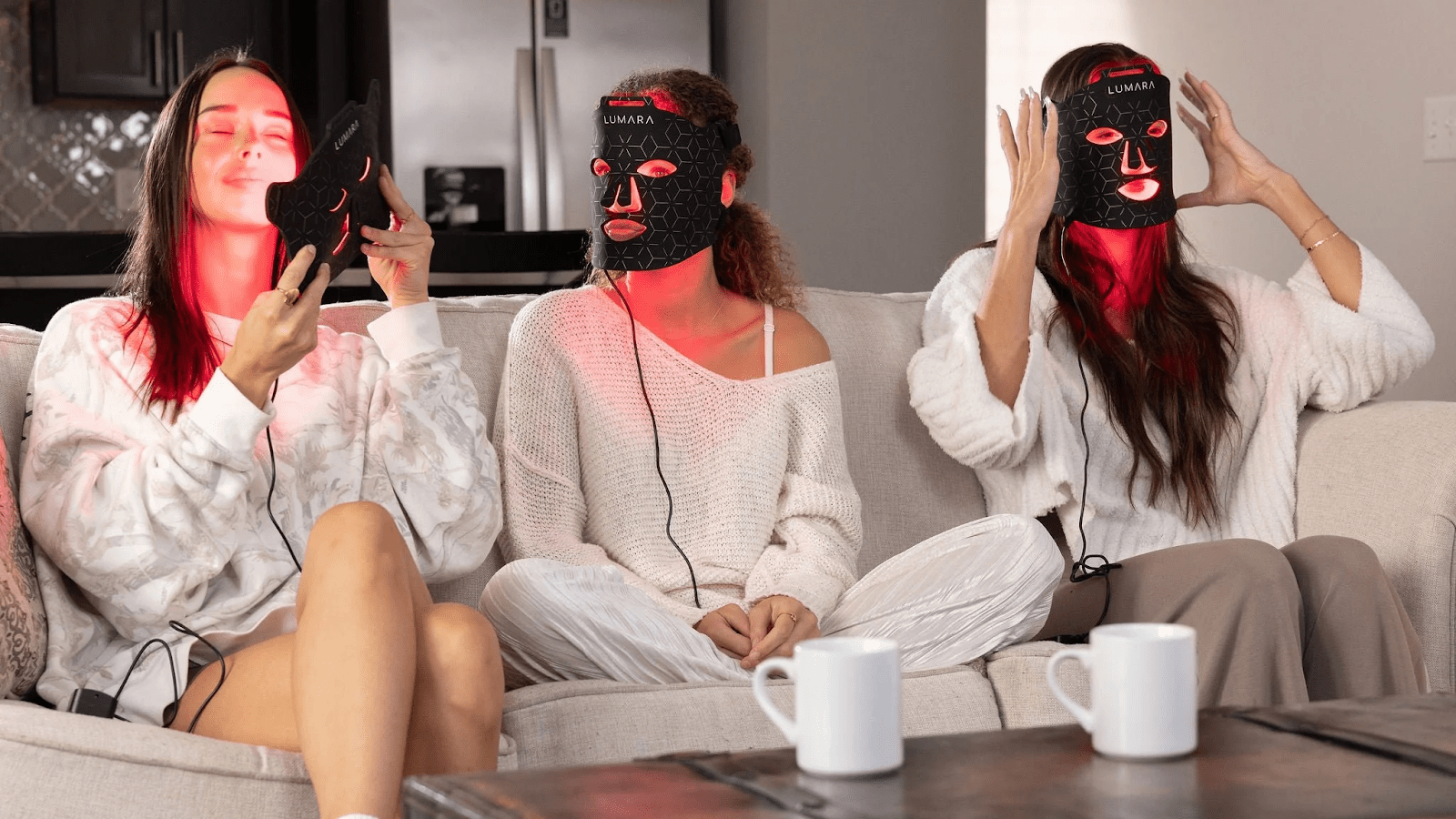
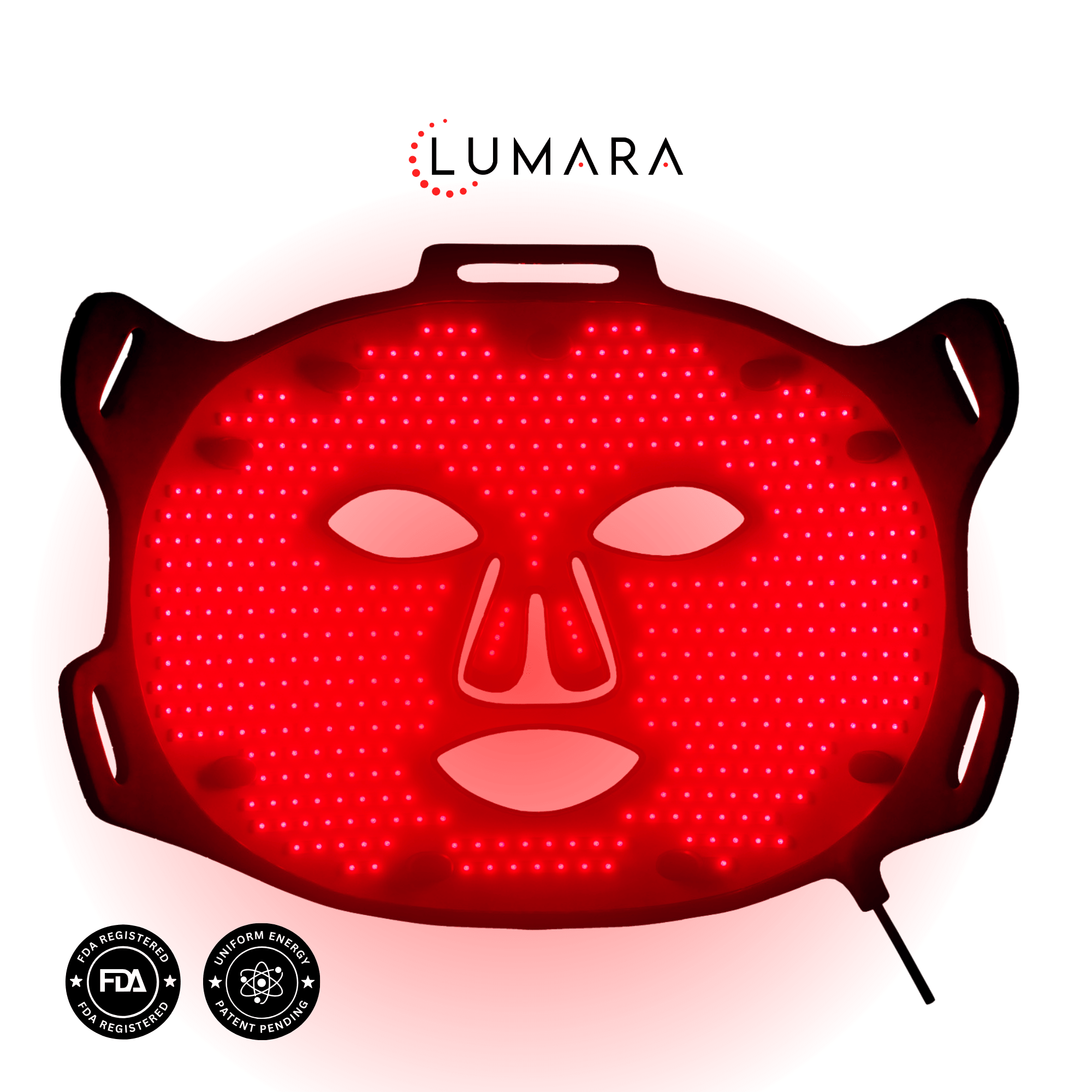

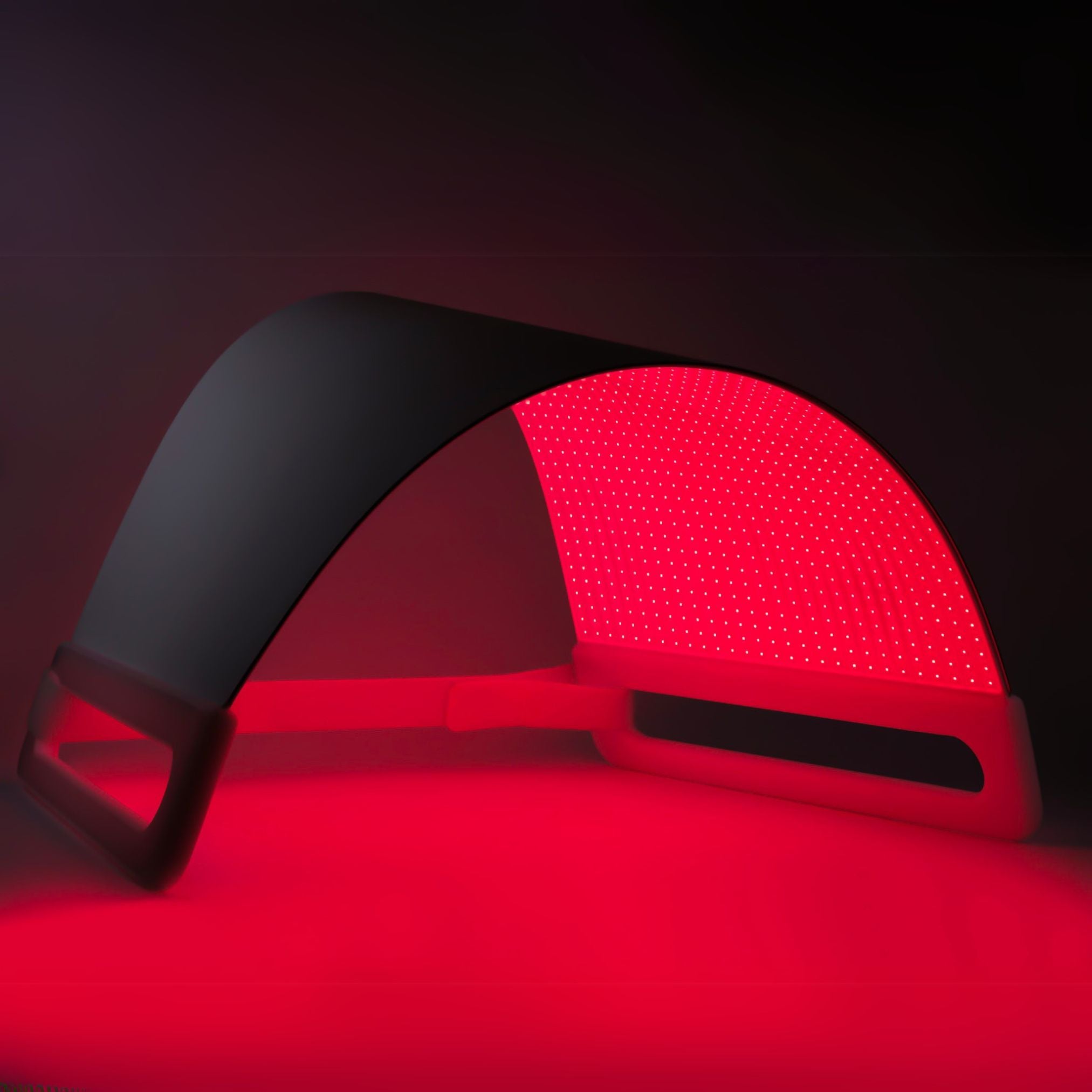
Share:
Red Light Therapy vs Laser Therapy
Best Light Therapy For Acne